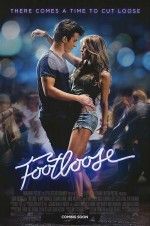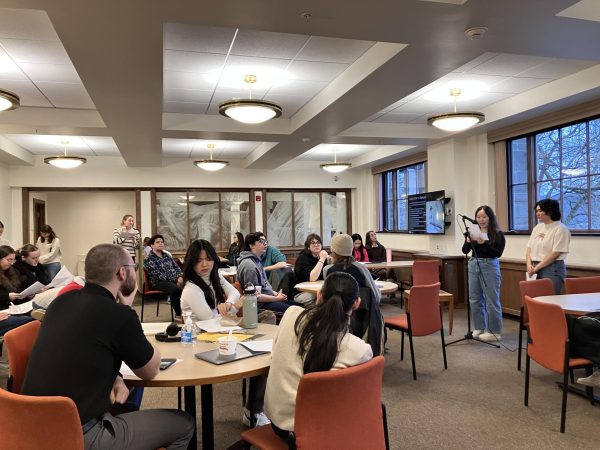This Week at the Movies: Footloose

Despite the inevitable pressure that always exists when films are recreated, Footloose’s remake rose to the occasion in unexpected ways. It adequately adhered to the theme of the 1984 film and stayed true to the traits of well-known characters. However, Craig Brewer’s Footloose recreated the music, dance scenes and character development in noticeably different ways. Although the new version of this movie clearly takes place during present day, because of the way the film draws from classic elements, the scenes adopt a vintage feel. With a fusion of modern melodies as well as traditional pieces, Craig Brewer’s Footloose is certain to appeal to those who enjoyed the original and will attract a similar audience.
For those skeptics who are willing to see past the implausibility that accompanies every major dance movie, the music and dance selection is assembled particularly well and interestingly displays the development of Footloose in this decade. Drawing from multiple genres such as hip-hop, country and classic rock, audiences can expect to see many forms of dance that even extend to a beat-enhanced line dance sequence. Viewers can expect to hear music from Zac Brown, Cee Lo Green and Blake Shelton singing “Footloose.” This variation of music reminds the audience that, even considering the old-style southern location and conservative essence of the town, this setting also includes modern-day twists. This contemporary feel is best exemplified in one of the early scenes at the Snack Bar, a location also utilized in the original movie. In this scene, illicit music blares through the parking lot. Here, hip-hop music and dance were smoothly integrated into such a traditional plot line, adding an interesting element to the film. Along with a complicated line dance across the floor of a club and the melodramatic scene where Ren McCormack (Kenny Wormald) displays his gymnastic aptitude through his empowered dance inside an abandoned warehouse, the styles of many forms of dance are successfully incorporated into the movie.
One of the most interesting additions to the Footloose of 2011 includes the higher development of characters and the town of Bomont, Georgia. Differing from the movie created in 1984 that left much of Ren McCormack’s history untold, this story focuses on his background to a greater extent, describing how he cared for his single mother until she died of leukemia. Likewise, Ariel (Julianne Hough) is portrayed as much more complicated than in the original film. She is first seen dating Chuck, one of the despised bums of the town, and generally enacting any form of rebellion that she can manage. However, her conflict with her father as they both try to recover from the death of her brother displays the true conflict of the film. The few intimate scenes where these characters demonstrate their vulnerability, as well as strengths, draws sympathy from the audience and ultimately makes these characters more real and relatable.
Die-hard fans of the 1984 Footloose will appreciate the small connections that the two versions share. Although music and plot elements differ to some degree, the few memorable borrowed lines, the old-town features, and even the formal attire that Ariel and Ren wear remind viewers of the classic movie. With this balance, it allows the audience to appreciate Footloose‘s connection to the original film while seeing the classic story in a present light.
Contact Hadley Rahrig at






